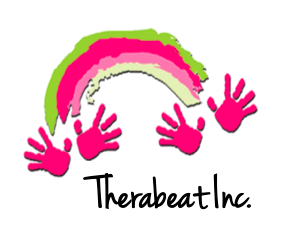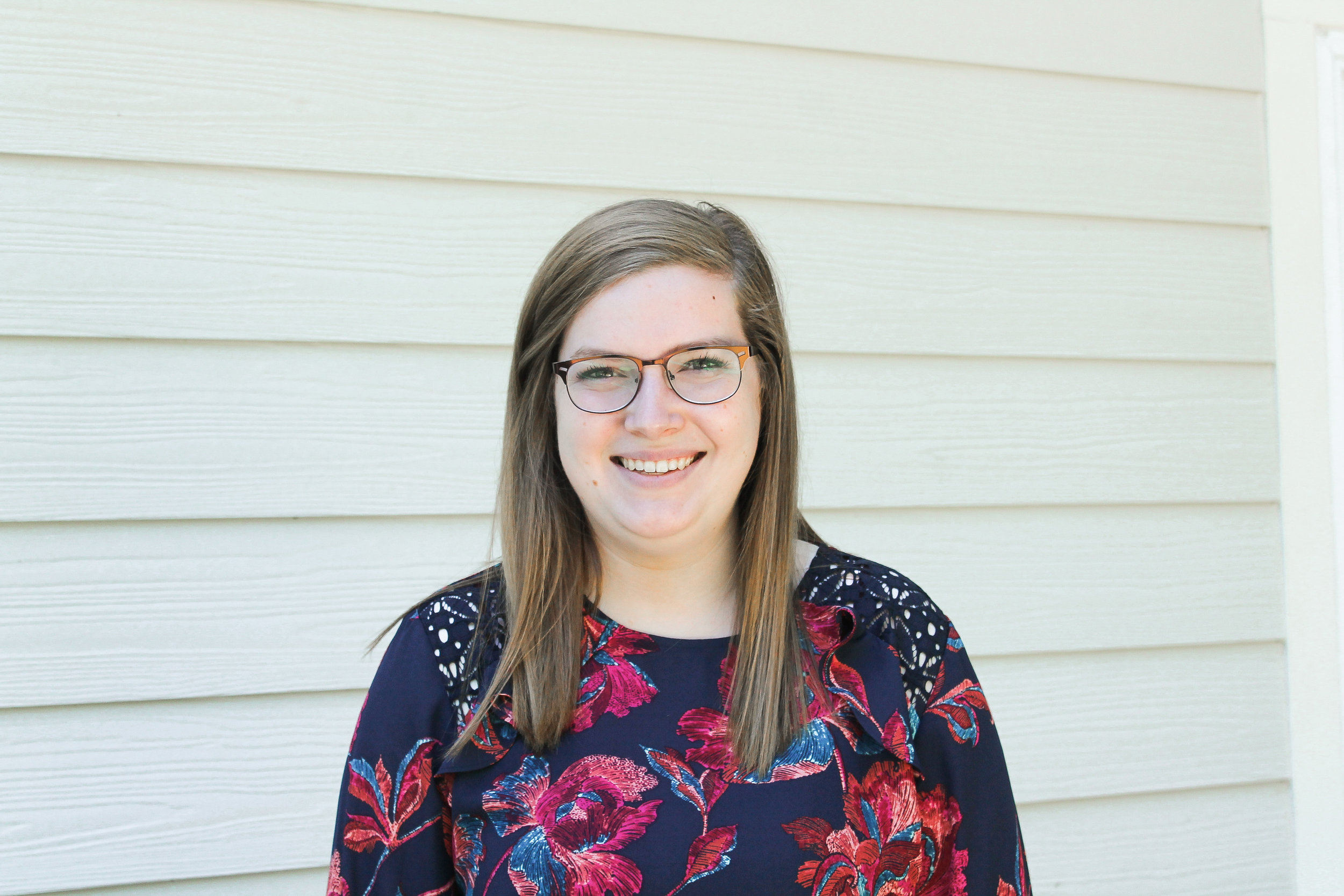We all experience aging, and according to the World Health Organization, “people everywhere are living longer” (World Health Statistics, paragraph 1). Currently, the older adult population has increased life expectancy by about 20 years (World Health Statistics, paragraph 2). Older Adults may present with a variety of diagnoses, such as those with progressive neurodegenerative disorders, Parkinson’s or Alzheimer’s disease, and respiratory diseases, such as Chronic Obstructive Pulmonary Disease (COPD). However music therapists can use therapeutic techniques, like therapeutic singing, to address any health concerns, open communication, and improve overall well being with those diagnosed.
According to Dassa and Amir, music therapy and group singing creates new ways to increase communication, as therapeutic singing evokes memories, self-expression, and sense of comfort (2014). Groups, such as choir and other musical ensembles, provide an outlet where people can gather and discuss life experiences or struggles that others may encounter. “Group singing sessions that focused on singing and reminiscing have been found to be significantly helpful in reducing symptoms of depression…” (Dassa & Amir, 2014, pg. 134) and can promote activities of daily living, such as swallowing and respiratory control (Stegmoller, 2017, pg. 408).
Therapeutic singing displays the most benefits when it occurs in a large space that is familiar to those attending. The intervention of singing begins with breathing exercises, and is followed by “3 to 5 songs selected from a list of participant- chosen music selections” ( Elefant, 2012, pg. 285) Due to the educational training and certification a music therapist must receive to provide appropriate services, items such as client preferred music, tempo, therapeutic techniques for discussion,and musical cues for breathing become more effective, than someone who might sing recreationally to increase socialization between older adults.
Group singing led by a music therapist, creates an environment where memories can be evoked through music familiar to each individual attending. Client preferred music, such as music from adolescence or early twenties, promotes “well-being and sense of self” (Dassa & Amir, 2014, pg. 145). Not only does listening and conversing about preferred music increase reminiscence, vocal warm ups allow for concentration to be placed on articulation and oral muscle movement. Vocal warm ups before singing, “target specific therapeutic needs of the Parkinson’s disease population” (Stegmoller, 2017, pg. 411).
The repetition of familiar songs generates an “increase in participation and promotes security” (Lesta & Petocz, 2006, pg. 9), as well as “imitation and modeling to support” (pg. 9) responses provided in a group setting. Specifically singing has the ability to connect and provide power to those with Alzheimer’s and Parkinson’s disease. Singing familiar songs administers a group dynamic, even with those diagnosed in the middle stages of their progressive disorder (pg. 6) The ability to be within a group of individuals experiencing similar interactions, acknowledges the understanding of social support and connections through peer interactions (pg. 7)
Music therapists have used therapeutic singing with songs like “She'll Be Coming Around the Mountain” with older adults to create an environment where isolation dissipates. During this intervention, the music therapist may ask one client to name a place that they have visited and then the new lyrics will be filled into the song. Once the song has been sung, the music therapist will ask if anyone in the group has visited the place and items they remembered while visiting there. This technique of asking others attending the group, allows for a connection between patients to begin and conversations to continue following music therapy.
In conclusion, group singing creates an environment that allows for music therapy techniques of reminiscence and self-expression to be evoked in most individuals through client preferred music. Music therapy and group singing allows for older adults to feel connected to the people around them.
-Michaela Shockcor, Music Therapy Intern
Resources
Alzheimer’s Association. (n.d.). What is Alzheimer’s? Retrieved from
https://www.alz.org/alzheimers-dementia/what-is-alzheimers
COPD: Everything you need to know about chronic obstructive pulmonary disease: Everyday health. (2019, July 01). Retrieved from https://www.everydayhealth.com/copd/guide/
Dassa, A., & Amir, D. (2014). The role of singing familiar songs in encouraging conversation among people with middle to late stage alzheimer’s disease. Journal of Music Therapy, 51(2), 131-153. Doi: 10.1093/jmt/thu007
Elefant, C., Baker, F. A., Lotan, M., Lagesen, S. K., & Skeie, G. O. (2012). The effect of group music therapy on mood, speech, and singing in individuals with Parkinson’s disease- A feasibility study. Journal of Music Therapy, 49(3), 278-302. doi: 10.1093/jmt/49.3.278
Heyn, S. N.,& Davis, C. P. (n.d.). Parkinson’s Disease Early and Later Symptoms, 5 Stages, and Prognosis. Retrieved from https://www.medicinenet.com/parkinsons_disease/article.htm
Lesta, B., & Petocz, P. (2006). Familiar group singing: Addressing mood and social behavior of residents with dementia displaying sundowning. Australia Journal of Music Therapy, 17, 2-17.
Stegmoller, E. L., Hurt, T. R., O’Connor, M. C., Camp, R. D., Green, C. W., Pattee, J. C., & Williams, E. K. (2017). Experiences of persons with parkinson’s disease engaged in group therapeutic singing. Journal of Music Therapy, 54(4), 405-431. Doi: 10. 1093/jmt/thx012
World Health Statistics 2014. (2014, May 15). Retrieved from https://www.who.int/mediacentre/news/releases/2014/world-health-statistics-2014/en/







